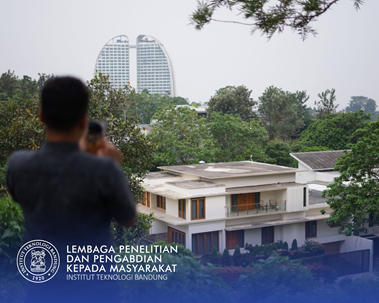

Krishna Suryanto
The series of strong earthquake events that befell West Nusa Tenggara Province (NTB) in 2018 has caused many fatalities and psychological losses and materials. In the rehabilitation and reconstruction program, the government has established a policy to build earthquake-resistant houses with a self-management system through the formation of community groups (Pokmas) supported by technical and administrative facilitators. The implementation of the Development Program was re-managed by the Command of the Integrated Joint Task (Kogasgabpad) of the Lombok earthquake. In carrying out many obstacles, including the limitations of skilled workers, technical facilitators, availability of construction materials, distribution of funds and so on, besides the confusion of the community in choosing the technology provided, which is generally a technology from outside the Lombok area. To improve the performance of the construction program of the residential sector in the post-earthquake area NTB, a good understanding of various problems arising in the implementation of the program through the process of collecting data in the field. Furthermore, mapping is arranged from the patterns of rebuilding along with its management mechanism and the problems of the existing problems. The main solution offered is to improve existing program management systems and projects to be more systematic and practical. Furthermore, the dissemination and assistance process of the implementation process of efforts to improve the performance of the construction of the rebuilding of the housing sector. The aim to be achieved among them is providing safe and earthquake resistant housing, creating a strong and responsible community to anticipate the disaster in the future and the sustainability of the reconstruction program. Temporary shelter for affected communities is also very necessary in the transitional process of the reconstruction process.
Application of writing
The implementation of the Development Program for the Lombok earthquake disaster was encountered by many obstacles, including the limitations of skilled labor, technical facilitators, availability of construction materials, fund distribution and community confusion in choosing the technology provided.